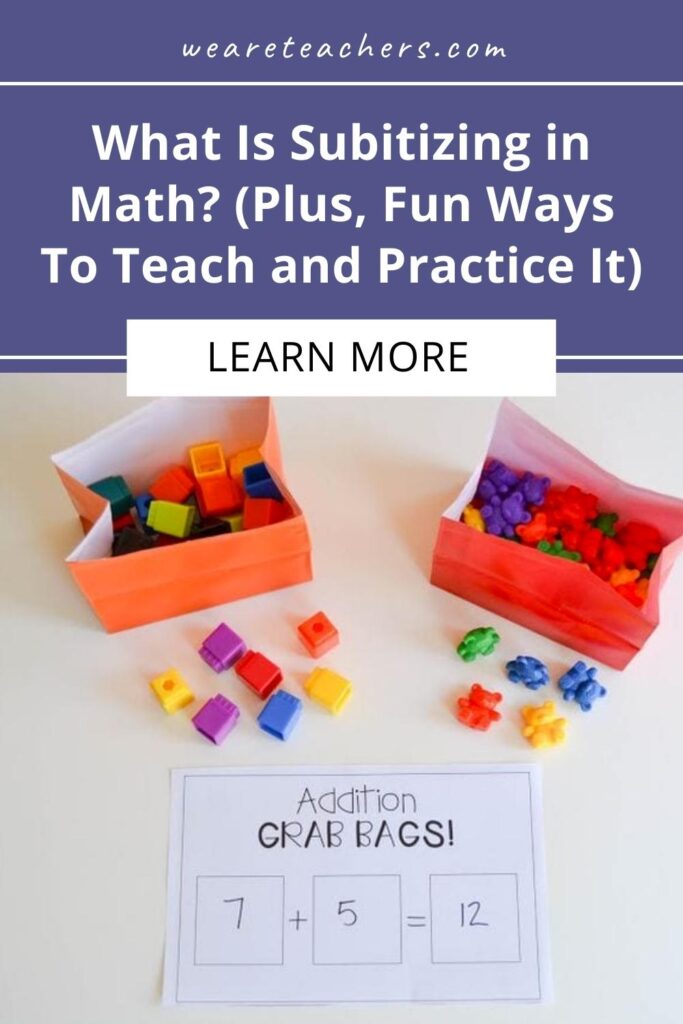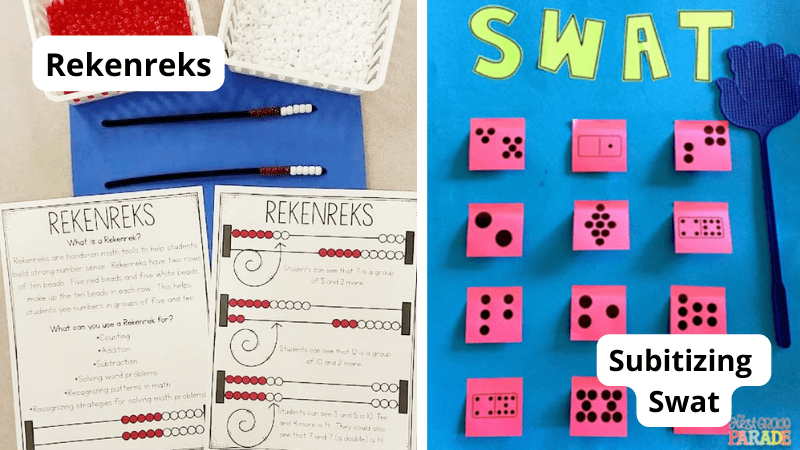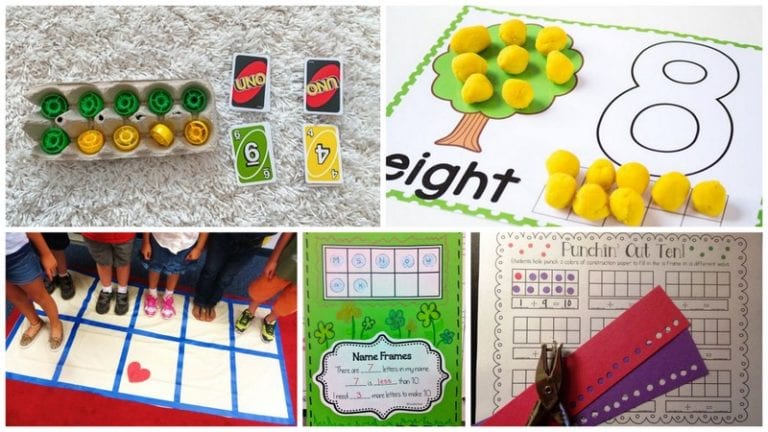Most early math skills are familiar ones we all remember mastering ourselves, like skip counting, addition and subtraction, or greater-than and less-than. But others are skills we picked up along the way, without even knowing there’s a name for it. Subitizing is one of those skills, and the term confuses parents and new teachers alike. Here’s what it means to subitize, and why it matters.
(Just a heads up, WeAreTeachers may collect a share of sales from the links on this page. We only recommend items our team loves!)
What is subitizing?
When you subitize, you quickly recognize the number of items without needing to take the time to count. The term (which is pronounced both “SUB-ah-tize” and “SOOB-ah-tize”) was coined in 1949 by E.L. Kaufman. It’s often used with smaller numbers (up to 10) but can work for larger ones too with repeated practice.
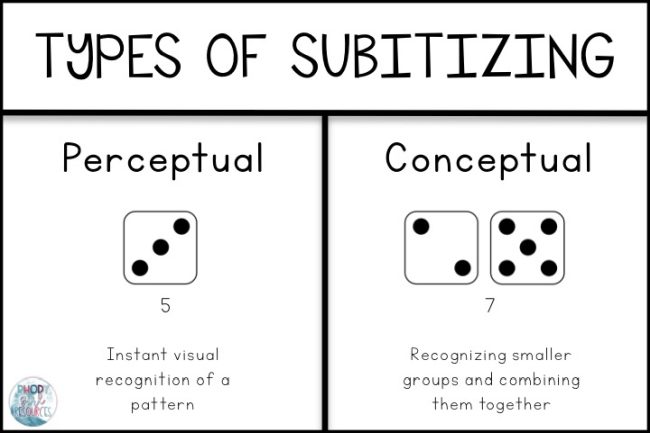
For smaller numbers, especially those in patterns, we use perceptual subitizing. Think of the numbers on traditional dice, for instance. For larger numbers, our brain breaks things into recognizable patterns, making it easier to find the total more quickly. This is called conceptual subitizing. (Tally marks are a way to subitize conceptually.)
As with any other key math skill, the best way to learn it is to practice, practice, practice.
Tips and Ideas for Practicing Subitizing
There are lots of terrific hands-on ways to bring subitizing to life for your students. Here are a few tips before you get started:
- Use “say the number” instead of “count”: When you’re asking kids to subitize, avoid using the word “count,” since it’s misleading. For instance, instead of “Count the number of dots you see on the card,” try “Say the number of dots you see on the card.” It’s simple, but language matters.
- Start small: Focus on small amounts first, like one, two, and three. Then add in larger numbers. When you shift to larger numbers, encourage students to break them into smaller groups and quickly add them.
- Use a variety of symbols and options: Dots are great, but also use other symbols, images, and even objects. The more practice, the better.
These activities include many different ideas for tackling this skill. Choose a few to try with your class!
Start with fingers
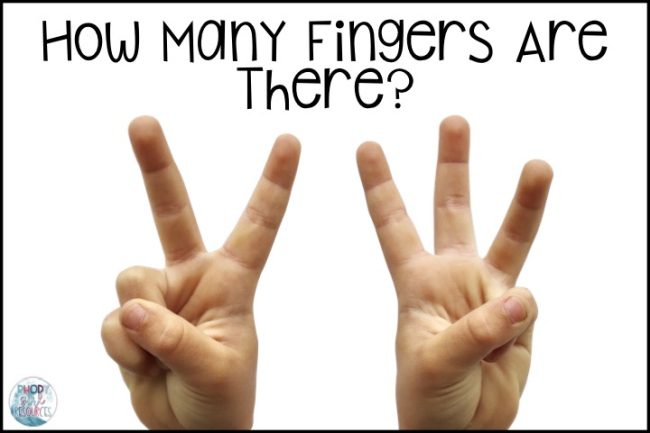
When someone holds up a few fingers, you don’t need to count them to know how many you see. That’s a great place to start with kids. You can do any number from 1 to 10.
Learn more: Finger Subitizing at Rhody Girl Resources
Flash subitizing images

Print these cards or use them digitally. The key is to display them for only a few seconds, forcing students to work quickly to find the right answers.
Learn more: Primary Delight Teaching
Roll the dice
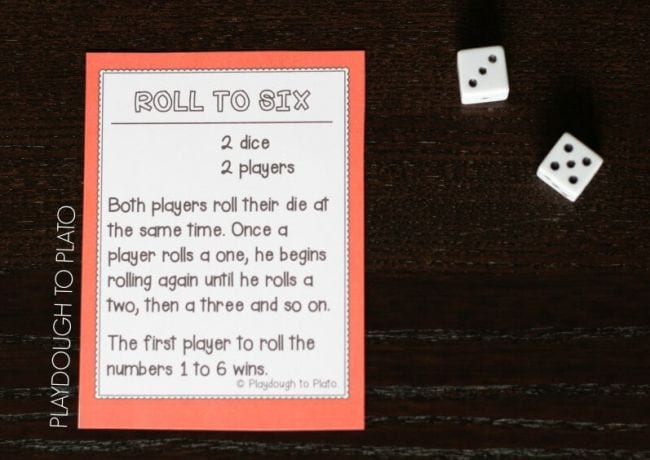
Any time kids use traditional dice, they’re automatically getting practice subitizing. Games that require speed in recognizing numbers are especially valuable, since students benefit by subitizing as quickly as possible. Find our roundup of the best dice games for kids here.
Swat sticky notes
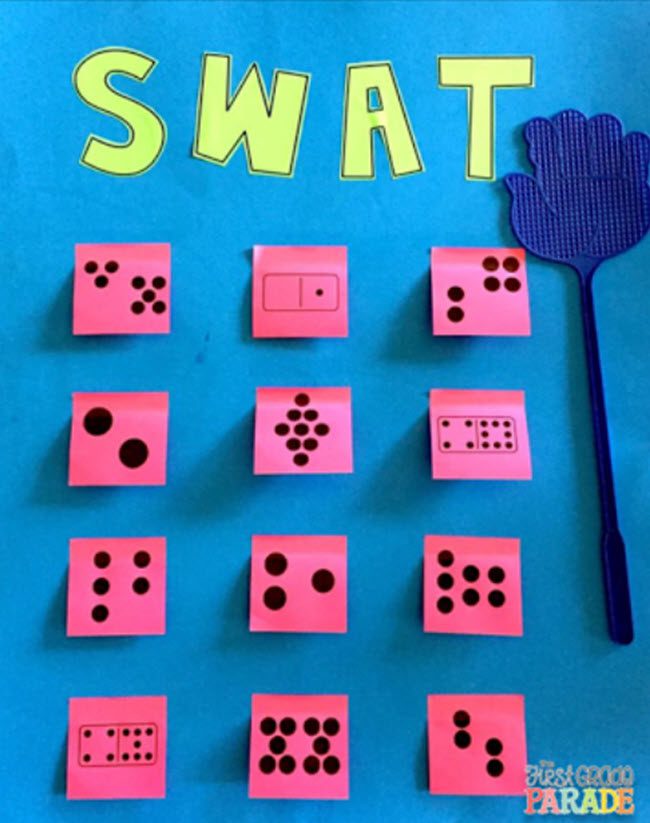
You can print these sticky notes yourself at the link below. Then arm kids with a flyswatter and call out a number for them to whap as quick as they can!
Learn more: Subitizing Swat at The First Grade Parade
Try a Rekenrek

The name of this awesome Dutch math tool means “counting rack.” It helps kids visualize and subitize (break down) numerical amounts into components of ones, fives, and tens using its rows and bead colors. You can make your own with pipe cleaners and beads, or buy sturdy wooden Rekenrek models on Amazon.
Learn more: Recipe for Teaching
Use 10-frames
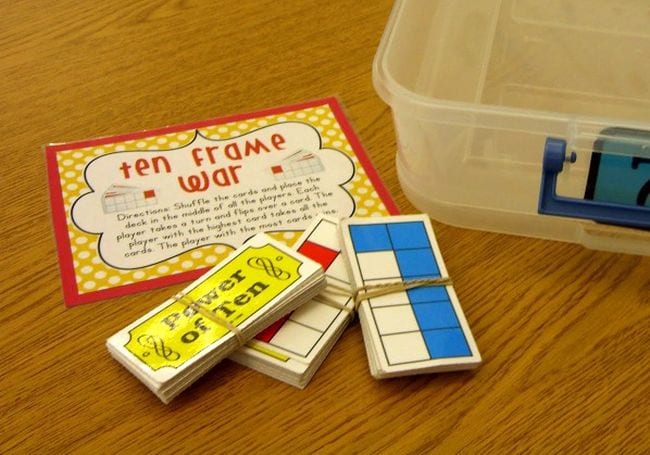
Ten-frames are an incredibly popular way to practice subitizing. We love this version of the classic card game War using prefilled cards (get it from First Grade Garden). Check out our roundup of all the best 10-frame activities here.
Grab some dominoes
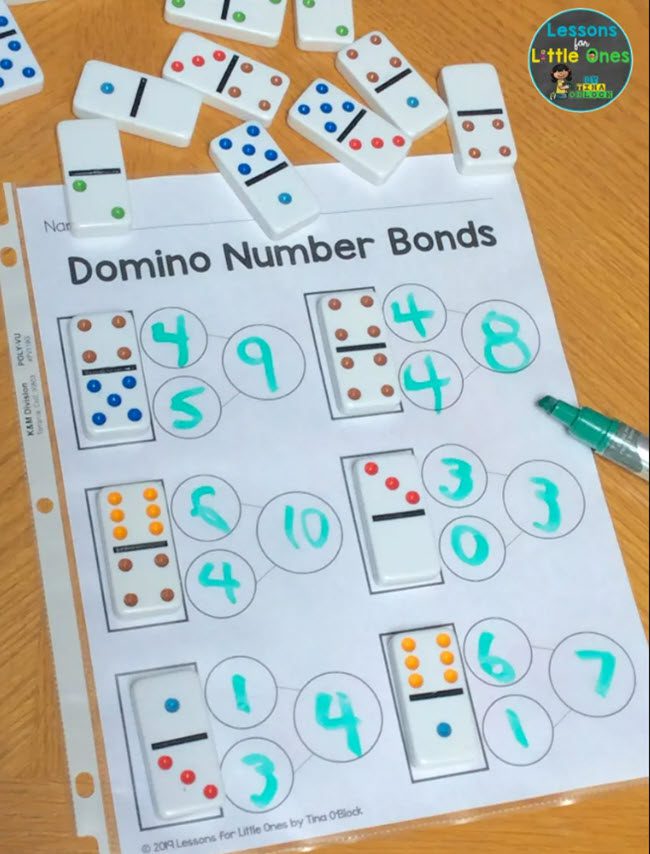
Dominoes are another terrific tool when tackling this skill. The patterns are the same as traditional dice, but they also allow for comparing, adding, multiplying, and more.
Learn more: Lessons 4 Little Ones
Bring out the LEGO
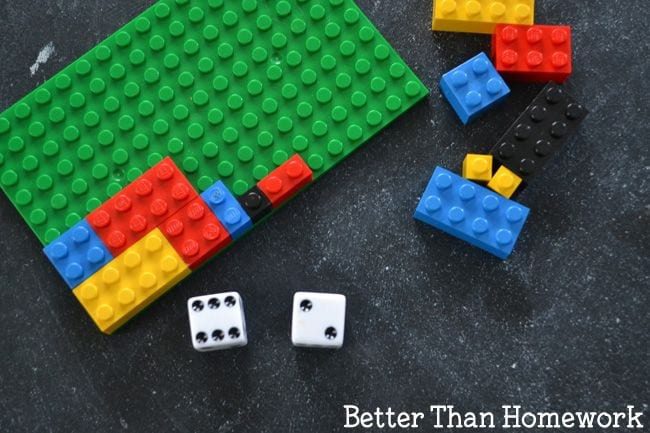
Kids are going to love hearing this: Playing with LEGO can help you learn to subitize! The even arrangements of rows make it easy to glance at a brick and recognize the number of dots it has. See all our favorite LEGO math ideas here.
Fill up some grab bags
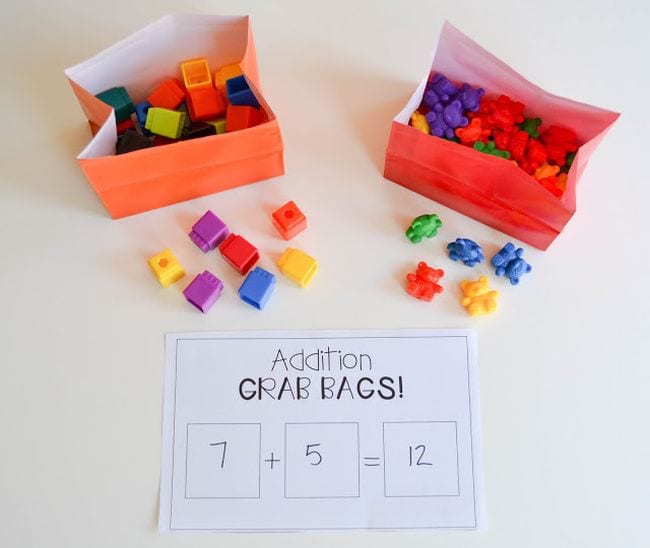
Load bags with small toys or mini erasers. Kids grab a handful and drop them on the desk, then try to assess how many items are there without counting them one by one. For additional practice, have them add or subtract their draws from several bags.
Learn more: Susan Jones Teaching
Knock down subitizing bowling pins
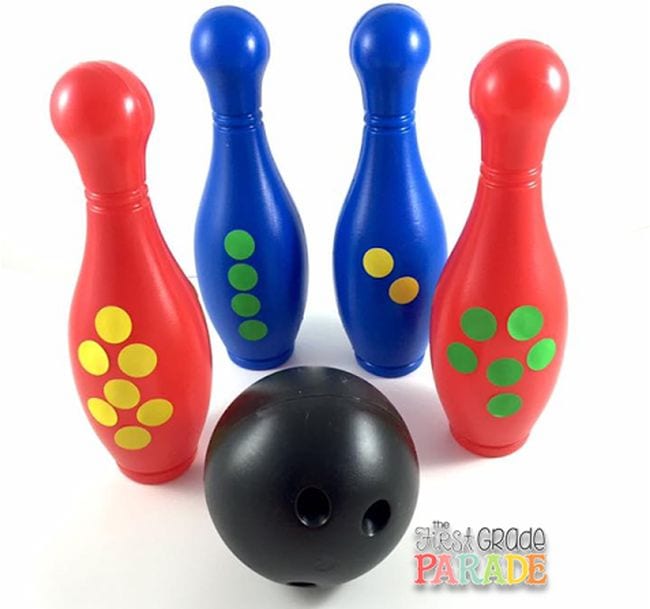
Take an inexpensive toy bowling set (or make your own with plastic bottles) and add sticky dots arranged in patterns. Students roll the ball and then have to quickly subitize to determine how many dots are on each pin they knocked down. If they get it right, they get the points!
Learn more: Subitizing Bowling at The First Grade Parade
Get five in a row
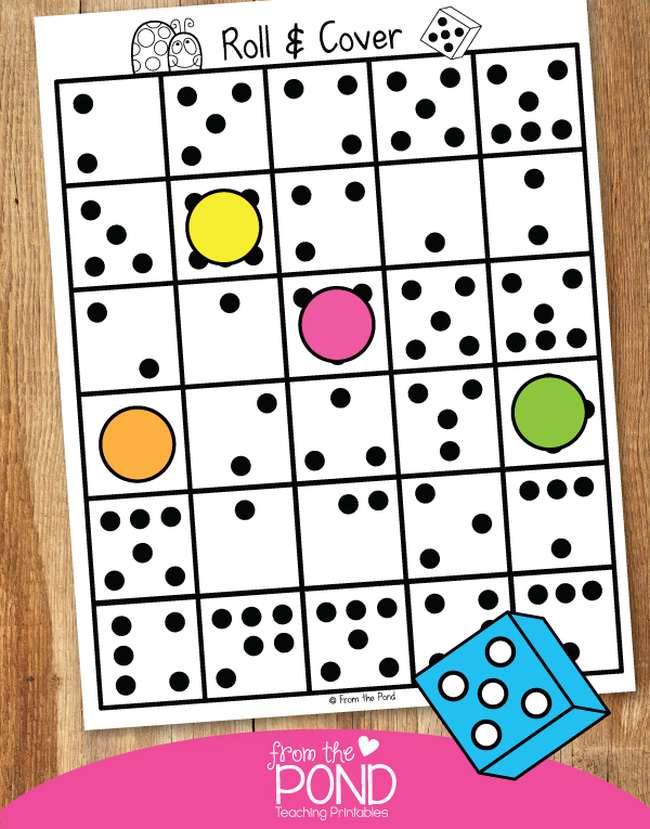
Use these free printables to work on subitizing with irregular patterns. Students can roll dice, or you can call out numbers for them to find. First to get five in a row wins!
Learn more: A Blog From the Pond
Subitize and exercise
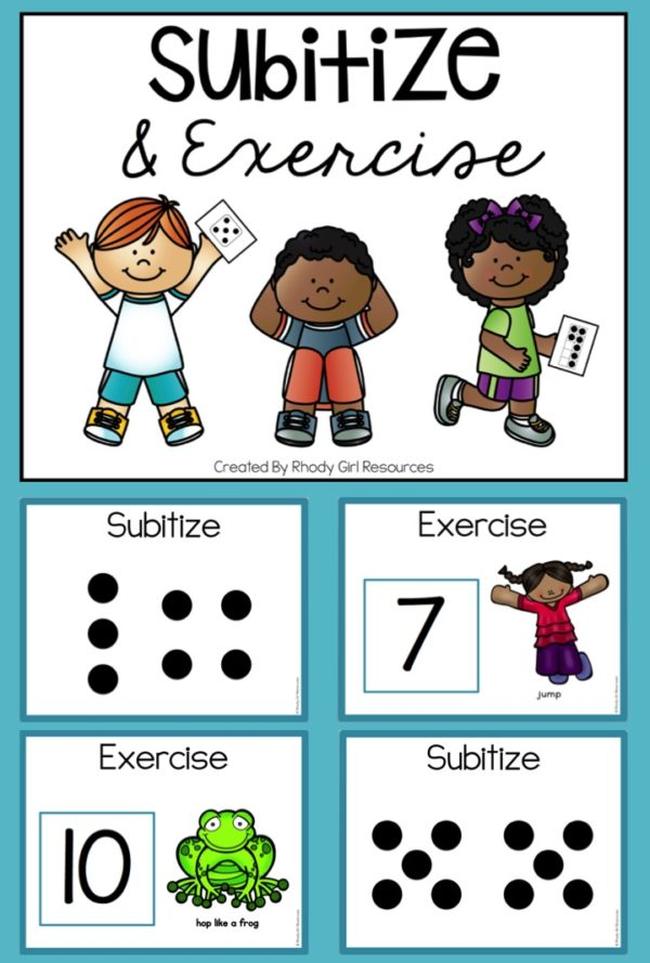
Draw a card, then either subitize the items or exercise! These are fun for brain breaks or active math activities.
Learn more: Subitize and Exercise at Rhody Girl Resources
Play subitizing bingo
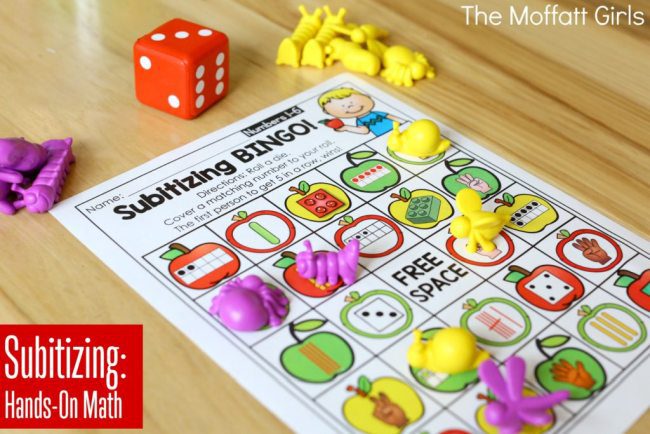
Bingo always makes things more fun. Call the out the numbers rapid-fire so kids have to think quickly if they want to win.
Learn more: The Moffatt Girls
Build a subitizing tray
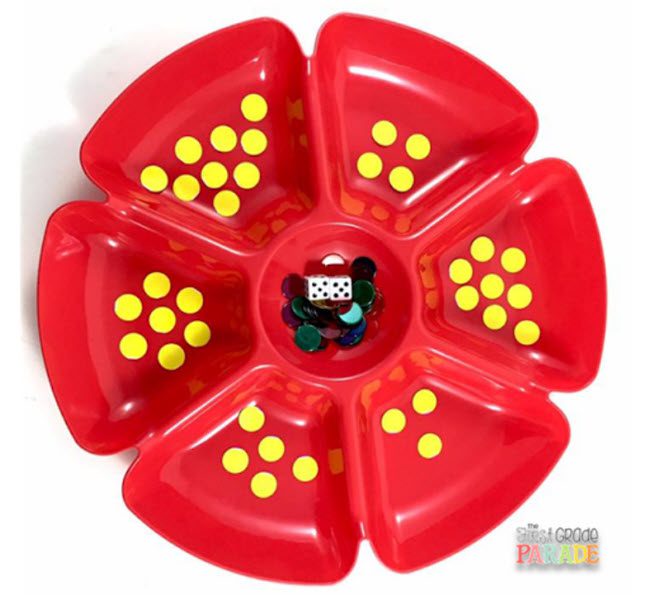
Hit the dollar store to create your own inexpensive tray kids can use for practice. Students roll dice, then find the compartment with the matching number of dots. They cover the dots with chips, then move on. The game ends when all the compartments are full.
Learn more: Subitizing Tray at The First Grade Parade
Subitize with a pirate
No counting on this ship! Instead, kids get a few seconds to subitize the images one-by-one. The answers pop up quickly, so students have to act fast.
Sing a subitizing song
This song helps kids remember what it means to subitize, then gives them some practice.
What are your favorite ways to teach subitizing? Come share your ideas and ask for advice in the WeAreTeachers HELPLINE group on Facebook.
Plus, 30 Smart Place Value Activities for Elementary Math Students.
